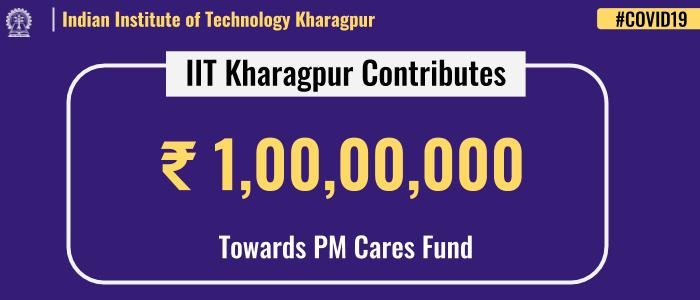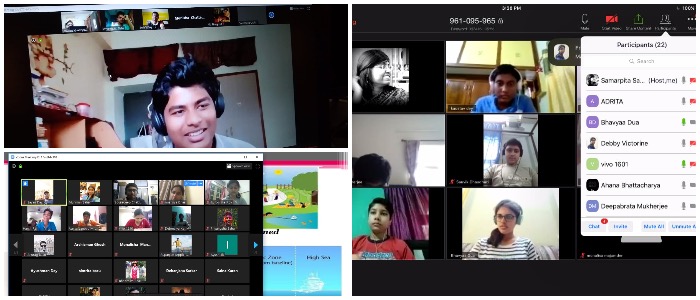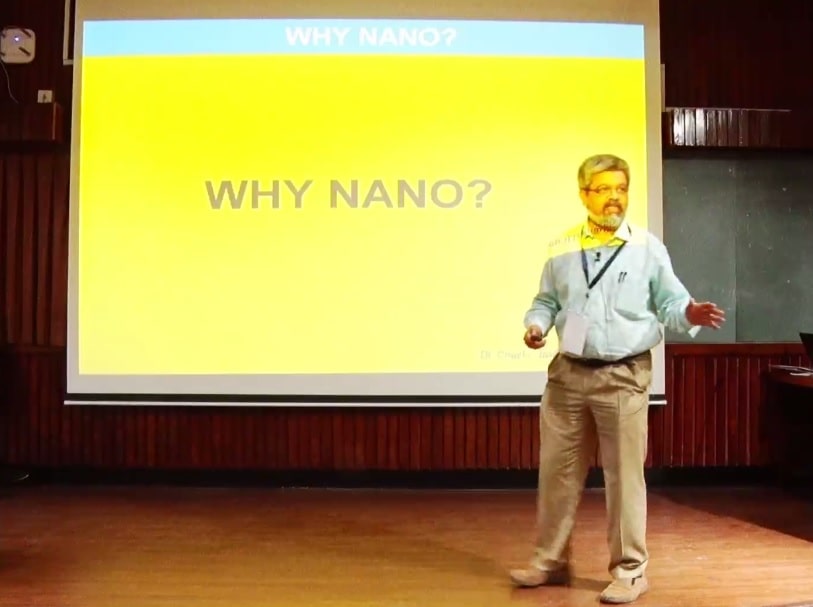
IITKGP Cares
IIT Kharagpur Donates Rs. One Crore to PM Cares Fund India Today Indian Express Business Standard Yahoo News Careers360 Hindustan Times NDTV Republic World Telangana Today Navbharat Times Times of India Outlook India Education Diary …




